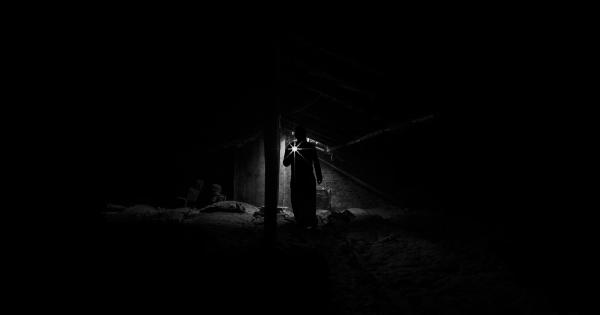Headaches can be a debilitating condition that affects millions of people worldwide. It can occur due to various reasons, such as stress, insufficient sleep, dehydration, or underlying health conditions.
When these headaches become chronic, it can be challenging to manage and treat.
What is a Chronic Headache Disorder?
A chronic headache disorder, also known as Chronic Daily Headache (CDH), is a condition that causes a headache for 15 or more days per month. The condition can last for months or even years.
The headache can range from mild to severe and can be unilateral or bilateral.
The cause of CDH is unclear, but it is believed to be due to changes in the central nervous system, the chemicals in the brain, or the inflammation of blood vessels. Some of the factors that can trigger CDH are:.
- Age
- Gender
- Genetics
- Hormones
- Excessive use of painkillers
- Trauma or injury
- Stress
- Anxiety or depression
- Certain medications
- Environmental factors (such as weather changes or pollution)
Symptoms of Chronic Headache Disorder
The following are common symptoms of CDH:.
- Headache that lasts for hours or days
- Headache that occurs on both sides of the head
- Pain in the neck and shoulders
- Sensitivity to light and noise
- Nausea or vomiting
- Fatigue
- Difficulty concentrating
Treatment for Chronic Headache Disorder
There is no specific treatment for CDH, and the condition is usually managed with medications and lifestyle changes. Some of the commonly used medications are:.
- Nonsteroidal anti-inflammatory drugs (NSAIDs)
- Triptans
- Beta-blockers
- Antidepressants
- Anti-seizure medications
- Muscle relaxants
Lifestyle changes that can help manage CDH include:.
- Getting enough sleep
- Eating a balanced diet
- Reducing stress
- Exercising regularly
- Avoiding trigger foods and beverages
However, some patients may not respond to these treatments, and the condition becomes unmanageable. In such cases, the patient may benefit from alternative therapies such as acupuncture, chiropractic, or cognitive-behavioral therapy.
Diagnosing Chronic Headache Disorder
Diagnosing CDH can be challenging because the symptoms resemble other headache disorders. The physician may perform a physical examination and ask the patient about their symptoms. They may also order tests such as:.
- Magnetic Resonance Imaging (MRI)
- Computed Tomography (CT) scan
- Blood tests
- Lumbar puncture (to check for infections or bleeding in the brain)
Conclusion
Chronic Headache Disorder is a debilitating condition that affects millions of people worldwide. The condition can last for months or even years and can be challenging to manage and treat.
Although there is no specific cure for CDH, it can be managed with medications, lifestyle changes, and alternative therapies. If you are experiencing chronic headaches, speak to your physician for proper diagnosis and treatment.



























